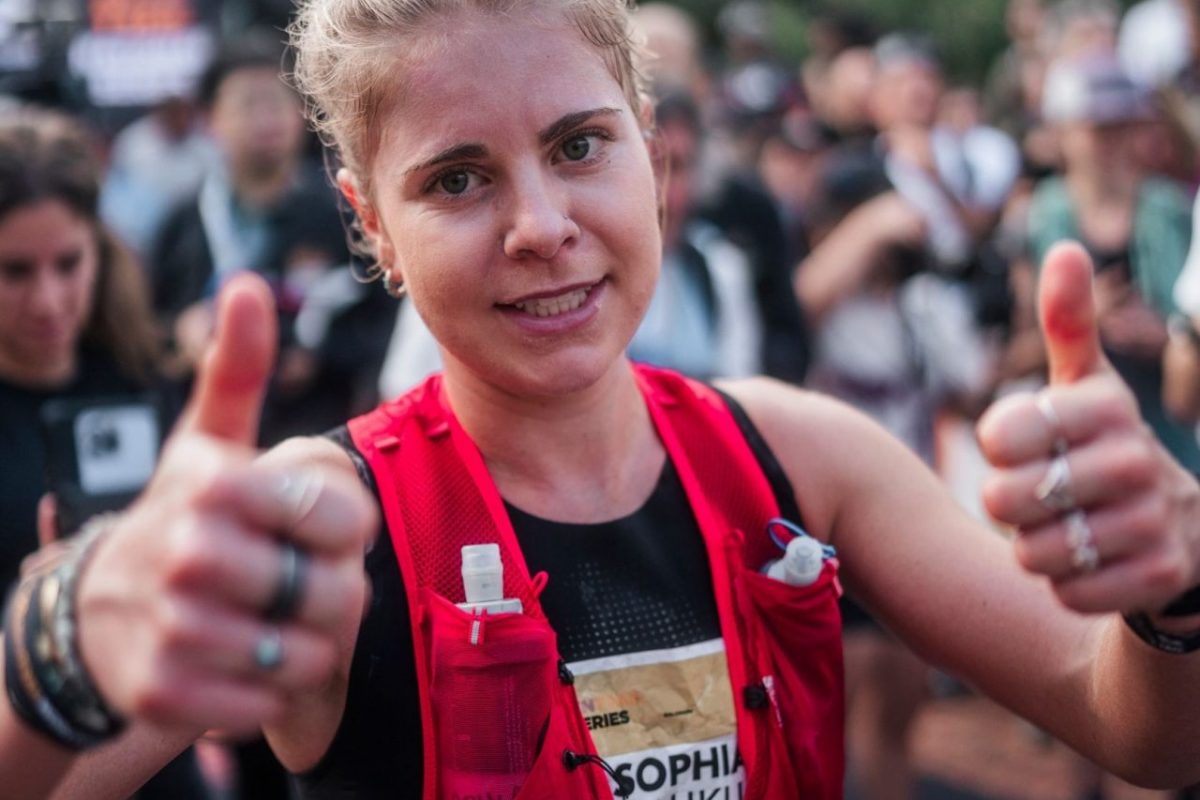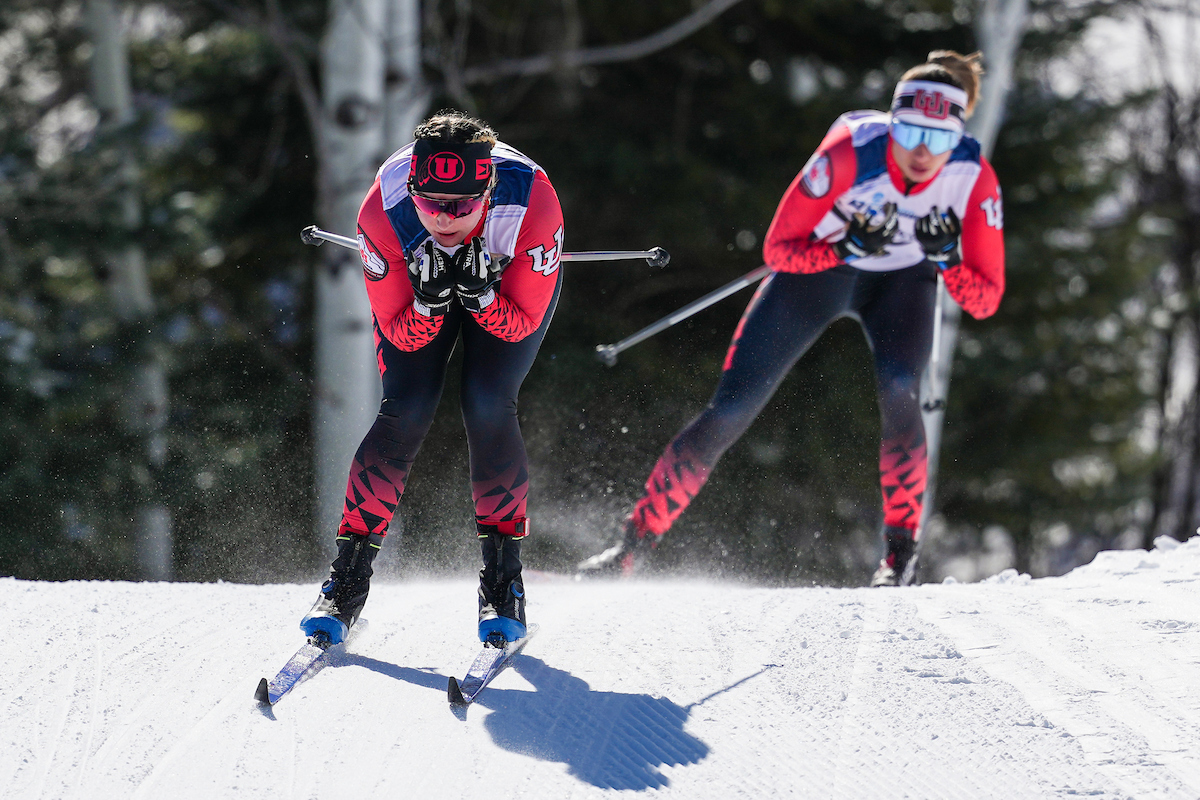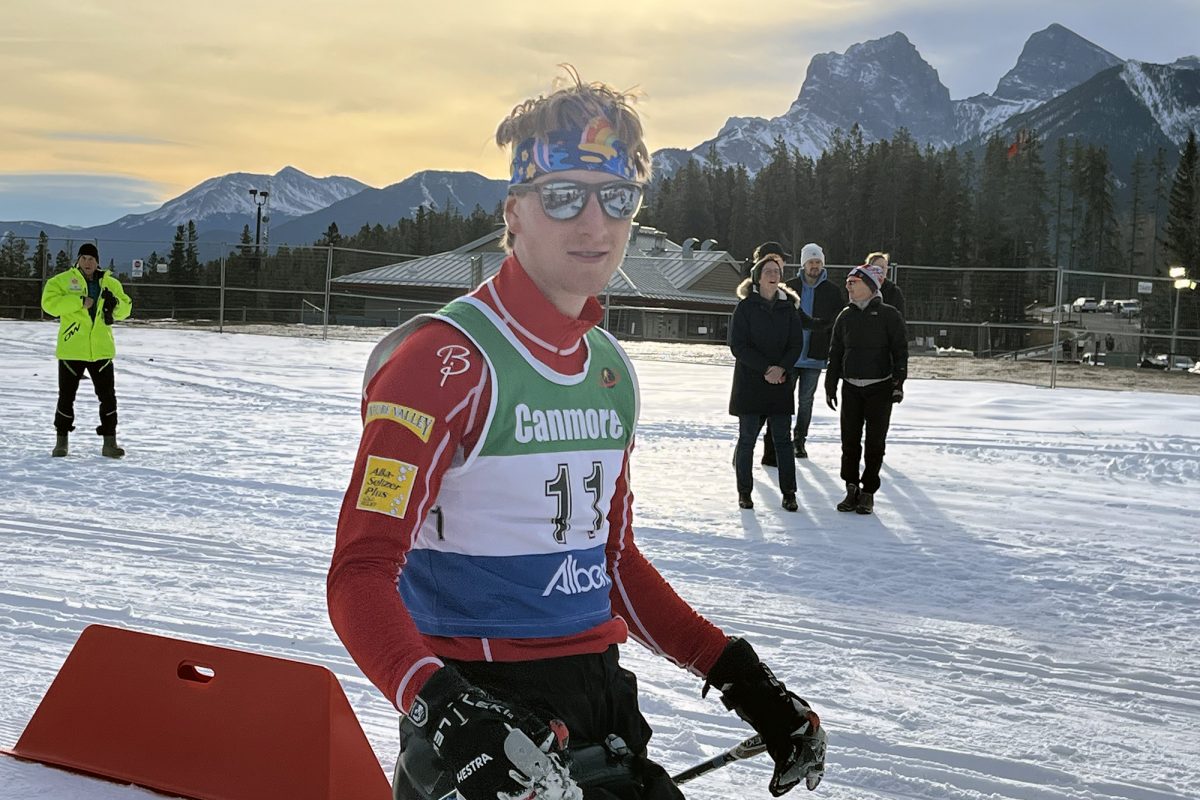Part One of Three Part Series
For the four years since Salt Lake 2002 Trond has been at the reigns of the U.S. Ski Team. On his last day on the job Mr. Nystad sat down for a conversation — about where he hoped to lead American skiing years ago, to where he sees it headed in the years to come.
 was the only chance we have of getting international results. The great thing is with him being tired, we’ve had a whole sprint team step up, with three, four people who can get top World Cup results. We have a female skier who came from nowhere internationally and has started to earn results we in the U.S. never before had. </p>
<p>The feelings are not so much about Holmenkollen. My thoughts are centered on that the U.S. has gone from an era when only a few people who could perform, to the start of the new era, where any given weekend we have several people who can produce good results. On my last working day, this is what I’m must encouraged by — that U.S. skiing is now at a level where we have more than one leg to stand on. This is a very good thing.</p>
<p><b>It’s been a long season. You’ve been on the road with the national team since mid-November, from early season skiing in Fairbanks, to Canadian World Cups, to the Olympics. Looking back, has this year been a success?</b></p>
<p>This year hasn’t been as successful as I or the team wanted. Our goal was to get a medal. And we didn’t get one. So in that regard, the Olympics were not a success. But as was said before, the team has several performing members. This is a success. This is encouraging. It’s a success that we’ve gotten the attention of the U.S. Ski Team, with them more willing to give us the money we need to support a group of top athletes and develop our top talent. As a team, some people have done more than we expected and some have done less than we hoped. That’s how sports are.</p>
<p><b>Why the change – from none to one to four or five? Why can one top ten result be a bad result for the team some days?<br />
</b></p>
<p>There used to be a day not long before Salt Lake (Olympics), a World Cup point was a reason to bring out the champagne and celebrate it. Now, we are pissed off without a top ten. It’s easy to forget where we came from. We have come a long way as a cross country ski nation. Obviously this has taken time, and we’ve taken some bad turns along the way, but we’ve also taken some good turns, too. Everyone in the system has been working hard — athletes, coaches, and staff. With hard work, you’ll get some good results. </p>
<p>We’ve taken some hard hits right to the head, but in the end we’ve gotten back up and thrown in some in some pretty good punches too. That’s where we are right now. The system has produced good people. And the good people will get good results. The problem is, we’re not a big enough group. We have five athletes – four with World Cup points this year. This is a pretty damn good job. Before we started four years ago, we never had anyone in the Red Group. Then Kris made it. Now we suddenly have two sprinters there. The results keep coming. That just comes from people being professional and dedicated. If you ask a high schooler who Andy Newell is, or Torin Koos, or Kris Freeman five years ago they would have had no idea. Today, they might. That’s a big step. This year, it’s might. In two years they will for sure know it. It takes some time to get on the map. There are challenges ahead. </p>
<p>Unfortunately, the gap between the national team and the rest of the American ski community, with a few exceptions, is way too big. The rest of the U.S. ski community has to raise its game and perform.</p>
<p><b>What do you come away with after being around some of the best skiers in the world? What are they doing? What is their mindset?</b></p>
<p>Physically, they have the tools, especially a strong strength to weight ratio. Technically they’re good. Basically, they believe they can do it. They let it happen, without over trying it. And they know what works for them.</p>
<p>You see Tor Arne Hetland skiing around, man, he’s so focused. He’s on rails. Then you see Odd Bjorn Hjelmeset skiing around. He’s laughing, having fun. He gets serious, maybe, when the gun goes off. Everyone has their own different way. What you do in training, how you execute technique, finish the kick, hips come high, all these things need to look the same in training and in racing. This can’t be contrived; too stressful. The best skiers, they get an idea, a thought in their head, make the commitment to do it, then go out and do it. </p>
<p>The trick to this is really to get the mental confidence to do what you need. In Dramman it was a good decision for Newell and you to double pole (on skate equipment) in the rounds. The best guys, every fiber of their body knows what its going to do. Like Hetland, he gets beat more than he wins. But when he on the startline, he knows he can win. Thobias (Fredrickson) is the same. He can come from — I don’t know where he comes from — but he goes from last to second from last to first before you even know what happened. He has his own way. When you find your own way, and build on this, then it can happen. Then you can be among the best skiers in the world. It’s a physical challenge. It’s also a conceptual challenge, too. </p>
<p><b>You and Vidar and Chris Hall, not to mention Carl (Swenson) and Wendy (Wagner) won’t be around next year, a substantial turnover of coaches and athletes on a small team. Can this possibly be a good thing? </b></p>
<p>Turnover is good for the most part. Change can be good for no other reason than its change. It can be good just because of that. With the new budget, this should be a better situation. With a million, hopefully the athletes can now get the service they need, and more importantly, the attention they need. </p>
<p><b>There seems to be a feeling in the U.S. ski community that the USSA is a bumbling behemoth of an organization that can’t take criticism and build a better mousetrap for producing and managing ski talent? </b></p>
<p> Luke Bodensteiner, Alan Ashley and Bill Marolt are actually quite open to hearing what can be done different, better, or not better. It’s important, though, that people formulate this in a constructive way. To just say “This sucks†well, it sucks — this doesn’t help anything. To dwell on the issues long enough to that you know what is cause, and what is effect, is the first step to hopefully making the ski team’s a better, more successful organization. As a ski community we can talk about hard things, seek others feedback, then present it to Luke, Alan and Bill. At the end of the day, we can all be better. Athletes can be even more professional with the details, coaches can learn from others and other sports. The U.S. Ski Team doesn’t always have the instruments to change some situations.</p>
<p><BR><center><img decoding=)
FasterSkier
previous
Truckee High Wins First National Boys High School Title, Bozeman Defends National Girls High School Title
next



